What Is The Most Cutest Animal In The World
1 / 43
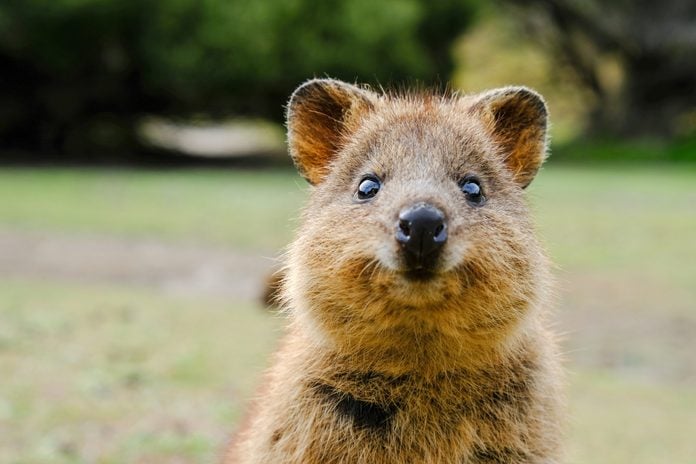
Take a break from the puppy pictures and kitten videos for today's daily dose of cuteness. Though there is certainly no shortage of baby animal pictures and adorable animal photos out there for y'all to peruse, how almost some of the cutest animals in the world? Some of these animals you may take seen earlier, but whether y'all're familiar with them or not, we tin guarantee you'll exist falling in dearest with all these little cuties.
2 / 43

Sand cat, Due north Africa and Southwest asia
Equally beautiful as your favorite funny cat videos are, none tin compare to the impossibly cartoonish, wide-faced Felis margarita. Sand cats live in the deserts of North Africa and Southwest Asia and become well-nigh of their moisture from their prey, rather than drinking water.
3 / 43
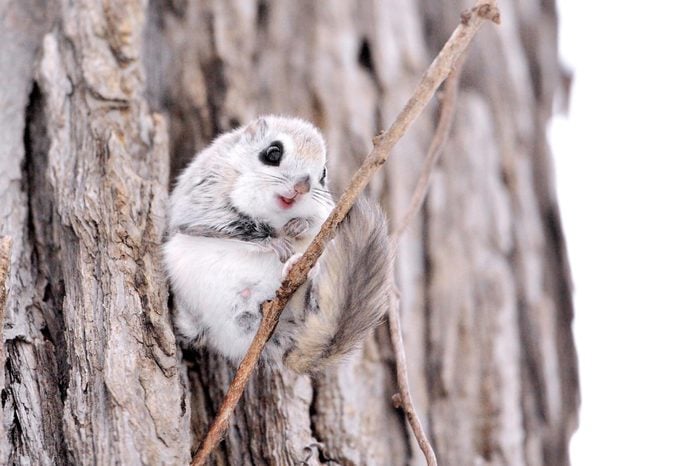
Siberian flying squirrel, Northward Asia and Europe
I'k sure you tin can run into how this is one of the cutest animals in the world. Yous wouldn't think a tubby piddling fluff ball similar this could go very far in the air, just flaps of skin by their legs help them glide between copse. Yous can take hold of a glimpse of Siberian flying squirrels in Russia, China, and other northern areas of Asia and Europe. Tourists get especially excited to see them in Hokkaido, the only isle in Nippon with the furballs.
RELATED:Hilarious Farm Animals
iv / 43
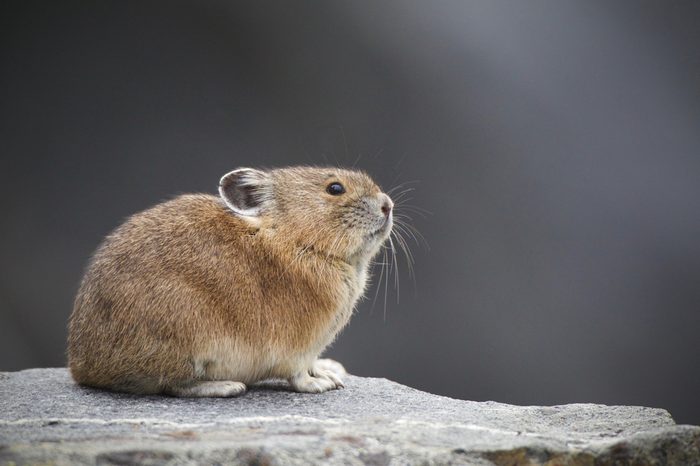
Pika, Asia and N America
American pikas are related to rabbits and hares. They might be pocket-size, adorable animals, only they're all the same tough—the lilliputian critters can survive harsh weather without burying holes.
five / 43
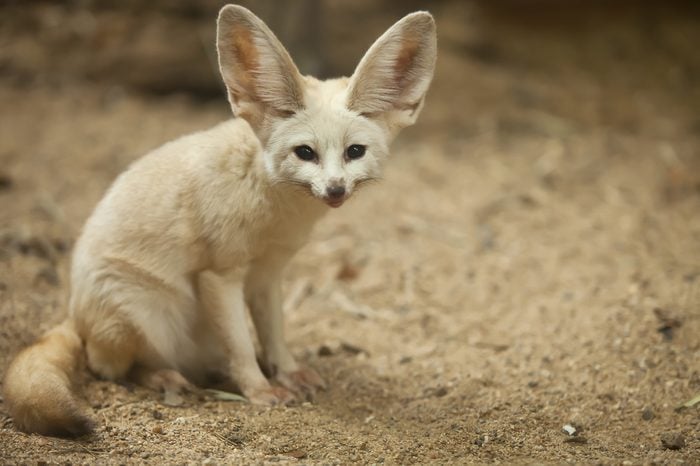
Fennec trick, Due north Africa
At that place'southward a reason fennec foxes make you say "aww"—the North African animals are the world'due south smallest canine species. Fennec foxes too have the largest ears relative to their body size, which helps them give off heat and hunt prey.
6 / 43
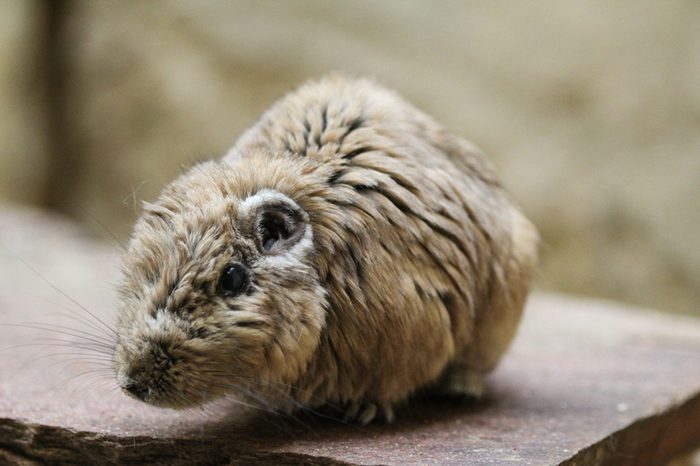
Gundi, N Africa
If you thought guinea pigs were cute, endeavor looking at a gundi without squealing. The Northern African rodents' toes accept tiny bristles that help them make clean their fur.
7 / 43

Japanese raccoon domestic dog, Asia
These adorable animals—also known every bit tanuki—are more than closely related to dogs than raccoons. They're monogamous, and the papa and mama Japanese raccoon dogs work together to raise their pups.
viii / 43
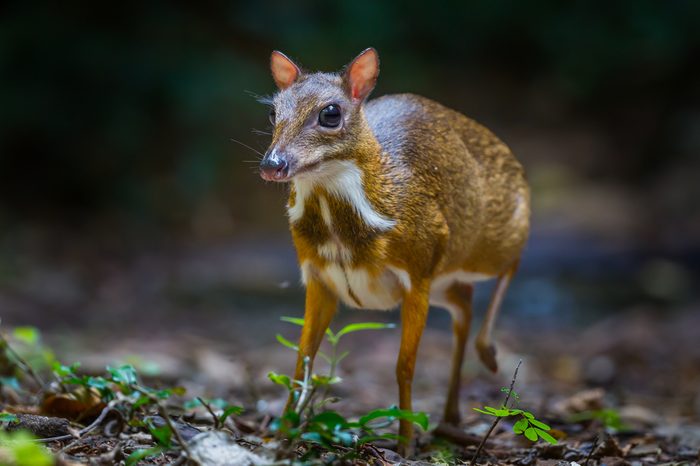
Chevrotain, Southeast Asia and West Africa
These tiny creatures await straight out of a fairytale forest. Information technology might look similar a deer, but the hooved chevrotain stands at only about a human foot tall at the shoulder. Instead of antlers, the male "mouse deer" accept tiny fang-like tusks.
RELATED:Weird Animal Photos
ix / 43

Harris's antelope squirrel, United States and United mexican states
Who can say squirrels are pests when this ambrosial species exists? Found in hot desert climates in the Southwestern The states and Northwestern Mexico, Harris'southward antelope squirrels use their tails as umbrellas to cake out the sweltering sun.
10 / 43
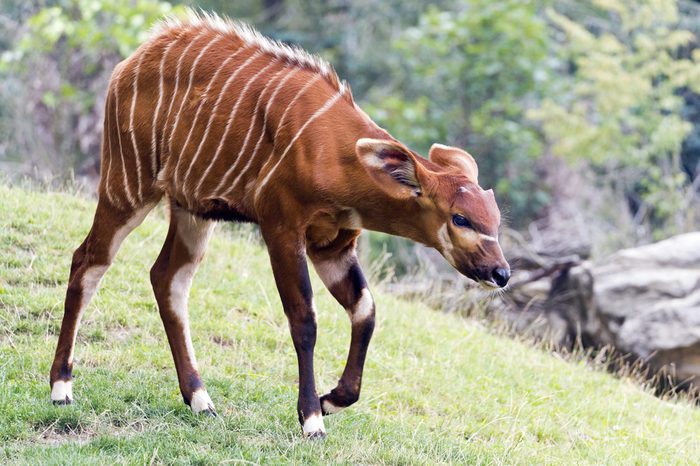
Bongo, Africa
Nope, bongos aren't merely drums—the African animals are also the biggest species of forest antelope in the world. As adults, their horns tin grow as long equally xl inches.
eleven / 43
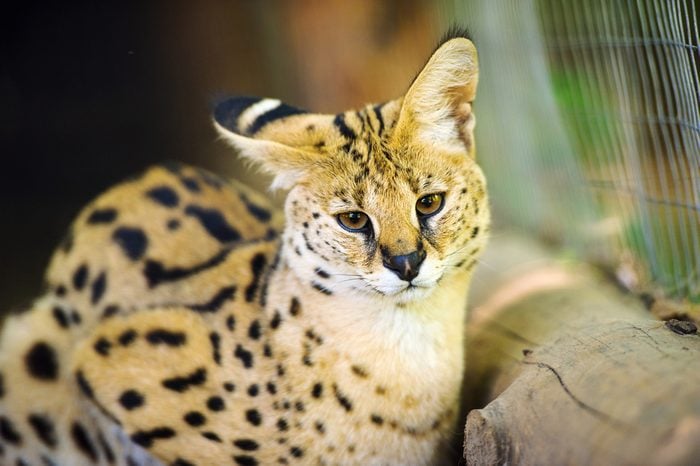
Serval, Africa
Just look at that face! These adorable animals that look like "giraffe cats" are plant in African savannas, and their long necks aren't their only defining feature. Servals also take bigger ears than any other cat.
12 / 43
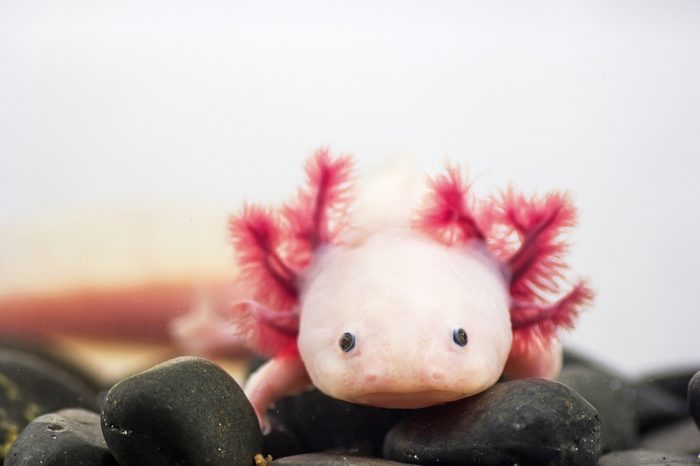
Axolotl, Mexico
The "Mexican walking fish" isn't a fish at all only really a salamander. Unlike other amphibians, which usually lose their dorsal fins and external gills after they grow out of the polliwog phase, the water-spring axolotls keep those features through adulthood, which explains why they're one of the most adorable animals.
13 / 43
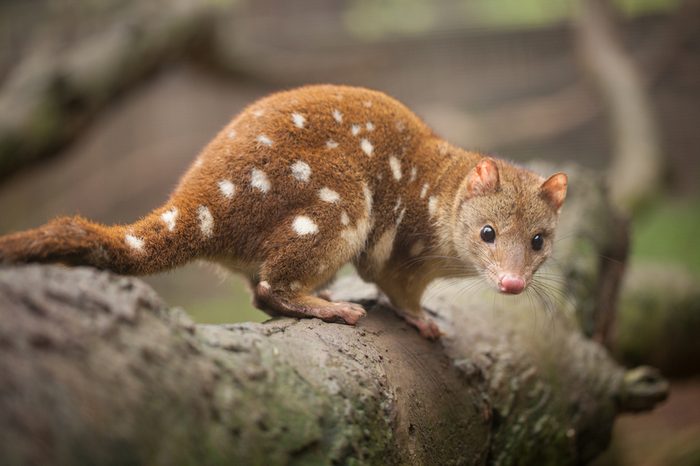
Quoll, Commonwealth of australia and New Guinea
Every bit marsupials, these Australian mammals spend their first ix weeks of life in their mama'due south pouch. Despite their sweet appearance, quolls are unapologetic predators. Larger species eat birds, possums, and rabbits, while smaller ones stick with insects, birds' eggs, and trivial animals.
RELATED:Hedgehog Pictures That Volition Brand You Want One
xiv / 43
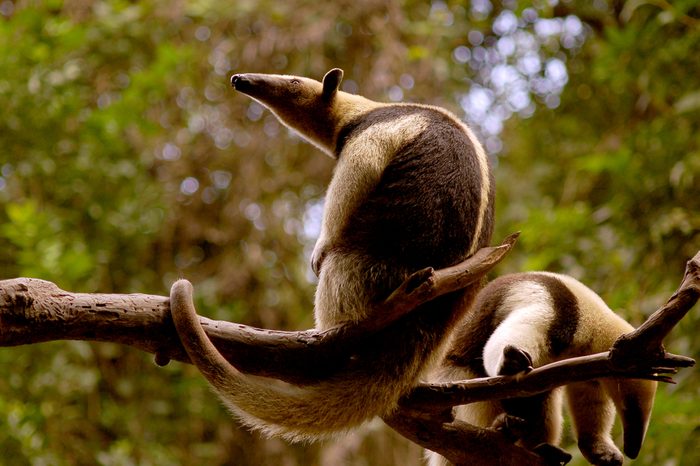
Tamandua, South America
This pocket-sized anteater is cuter than its larger relatives. Its long oral cavity and tongue help it swallow up to 9,000 ants every day (yowza!), only the tamandua also eats termites, honey, and fruit.
15 / 43
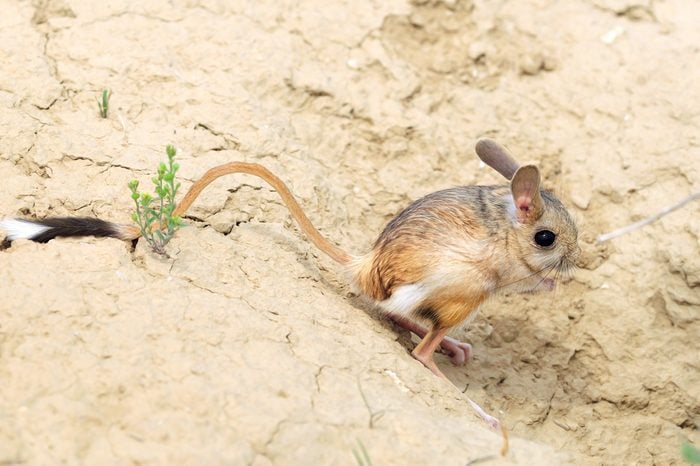
Jerboas, Northern Africa and Asia
Between their tufted tails, large ears, long hind legs, and tiny forepart limbs, jerboas look like a lab-made mish-mosh of several species. But make no error: The rodents are totally natural and belong to the aforementioned family as birch mice. Their long legs help them bound high and far.
16 / 43
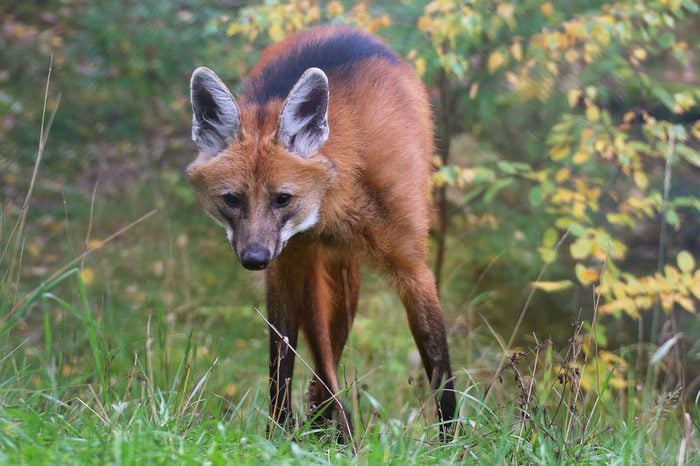
Maned wolf, South America
Those long legs could fifty-fifty put Gisele Bündchen'southward to shame. The fox-similar maned wolf actually isn't closely related to foxes or wolves and is the only member of the genus Chrysocyon. Its food choices are equally misleading—the biggest part of the South American creature's diet is a berry called lobeira, which means "fruit of the wolf."
17 / 43
Quokka, Australia
You may have heard of these little guys in the context of selfies. Known equally the "happiest animal in the world" because of their friendly appearance, quokka selfies became somewhat of a trend in Australia merely a few years ago.
18 / 43
Japanese dwarf flight squirrel, Japan
These tiny nocturnal creatures can leap from tree to tree using a gliding membrane that connects from their wrists to ankles called a patagium. Japanese dwarf flying squirrels typically feed on buds, leaves, bawl, fruit, and seeds.
RELATED:Cutest Bunnies Y'all'll Want to Have Abode
19 / 43
Bearded tamarin monkey, Brazil and Peru
I mustache you a question: do you lot think these monkeys are the cutest animals in the world? The bearded tamarin monkey can exist found in rainforests hanging out in groups of three to viii, but sometimes may be plant alone.
xx / 43
Arctic foxes, Chill Circle
Although small-scale and adorable, arctic foxes can endure the about freezing temperatures—as low equally -58 degrees Fahrenheit!
21 / 43

Klipspringer, Southern Africa
This modest antelope is known for its monogamy. Klipspringers display long-term—fifty-fifty lifelong!—pair bonding.
22 / 43
Balloon fish
The balloon fish is too known as a porcupinefish due to its precipitous spines. These spines typically lay apartment to their back until they puff up, making the spines stand straight out.
23 / 43
Bilby, Australia
Bilbies tend to be solitary marsupials, but sometimes they can be seen traveling in pairs. The pairs are typically ii females who work together to raise their offspring.
RELATED: Precious Pictures of Babe Turtles
24 / 43
Japanese weasel, Japan
Japan has banned the hunting of female weasels in order to conserve the species. The state has seen a 25 percent decline in the population of this particular weasel species for the terminal three generations.
25 / 43
Pygmy hippopotamus, West Africa
Pygmy hippos are few and far betwixt, with fewer than three,000 estimated to be in the wild. This is mainly due to poaching likewise as the loss of habitat as forests are converted to farmland.
26 / 43
Red panda, Eastern Himalayas
These little fox-similar cuties utilise their long bushy tails to keep themselves warm during the winter months. Blood-red pandas are incredibly acrobatic and tend to stay up in the trees.
27 / 43
Dik-dik, Africa
Dik-diks get their name from the unique alert calls that come from the females. Both male and females also make a sort of piercing whistling sound that alert other animals to predators.
28 / 43
Malayan tapir, Asia
Malayan tapirs are easily identified by the distinct light-colored patch that spreads from its shoulders down to its back. The pattern is used for camouflage since the disordered pigmentation breaks upwards the outline, making it more challenging to spot.
RELATED:Beautiful Raccoon Pictures That Will Make You Smiling
29 / 43
Margay, Central and South America
This nocturnal and mostly contained wildcat lurks in the luscious forests of Central and South America. Their paws are specifically customized to scurry up tree trunks and along branches hands.
thirty / 43
Capybara, S America
The capybara is currently the largest living rodent in the world. They wander swampy, grass regions alongside bodies of water in S America.
31 / 43
Taeniura meyeni, Indo-Pacific
This species of stingray lays motionless most days and isn't aggressive towards humans. They have been known to approach and examine divers. But don't bother them! They will sting when provoked.
32 / 43
Slow loris, Southeast Asia
Look at those big eyes! But don't be fooled. Slow lorises are the just known venomous primate.
33 / 43
The American mink, North America
While this footling cutie is native to Northward America, man involvement has actually expanded where the American mink lives, such as parts of Europe and South America.
RELATED:Adorable Puppy Pictures That Will Brand Yous Melt
34 / 43
Patagonian mara, Argentina and Patagonia
Closely resembling a jackrabbit, the Patagonian mara has very singled-out long ears and limbs, making it look bunny-like. They are monogamous for life, only finding a new partner after their former partner'south death.
35 / 43
Mangalitsa, Hungary
These Hungarian hairy and wooly pigs were crossbred in the mid-nineteenth century. The mangalitsas curly hair sometimes makes it resemble a sheep.
36 / 43
Elephant shrew, Africa
Yous can probably see why these niggling guys are chosen "elephant" shrews with their trunk-like nose. They are very difficult to trap and stay well camouflaged, making them rarely seen.
37 / 43
Numbat, Western Australia
Living in logs and burrows, the numbat hunts for termites that live underground with their glutinous tongue. There are less than i,000 of these marsupials left in the wild today.
38 / 43
Tarsier, Southeast Asia
Similar to the tiresome loris, tarsiers accept massive eyes. In some cases, their eyeballs are larger than their unabridged encephalon. Tarsiers need to residue their large optics and caput so they are able to wait long periods for prey to come forth.
RELATED:Beautiful Pug Pictures
39 / 43
Malayan flight lemur, Southeast Asia
It's a bird! Information technology'south a plane! No, it'due south a flying lemur! OK, the Malayan flight lemur doesn't actually fly. The membrane that connects from its neck to its toes allows it to jump amongst the trees with utmost grace.
40 / 43
Golden dust solar day geckos, Republic of madagascar and Union of the comoros
You may have seen this miniature gecko before, most likely on your television receiver screens as the gilt dust mean solar day gecko is used as the mascot for GEICO.
41 / 43
Wombats, Australia
Wombats are muscular pint-size marsupials with brusk legs. They are actually heavier than they wait, weighing between 44 and 77 pounds.
42 / 43

Siberian chipmunk, Asia
The Siberian chipmunk appears across Asia from Russia to Cathay and Japan. They were fifty-fifty introduced to Europe dorsum in the 1960s for people to have as pets.
43 / 43
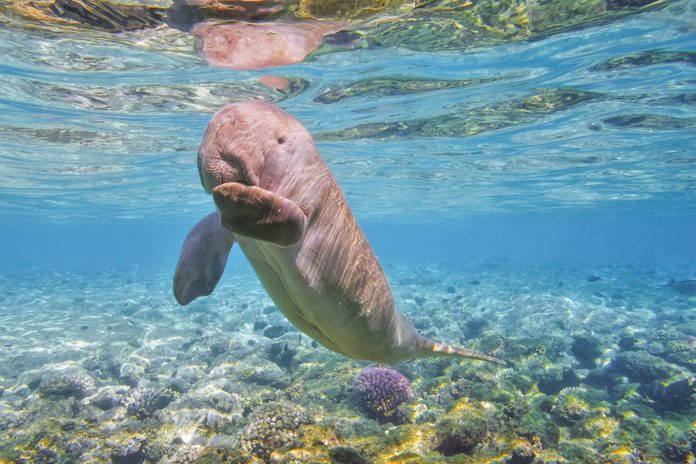
Dugong, Indian and Western Pacific Oceans
Take you ever seen a sea moo-cow? It's probable you have not, merely y'all may have seen a manatee. Dugongs are the simply members left of the Dugongiade family and are at present closest related to manatees. Now that you've seen the cutest animals in the world, check out these ambrosial pictures of brute friendships that will fill your heart with warmth.
Originally Published: April nineteen, 2021
Source: https://www.rd.com/list/cute-little-known-animals/
Posted by: rossarman1993.blogspot.com

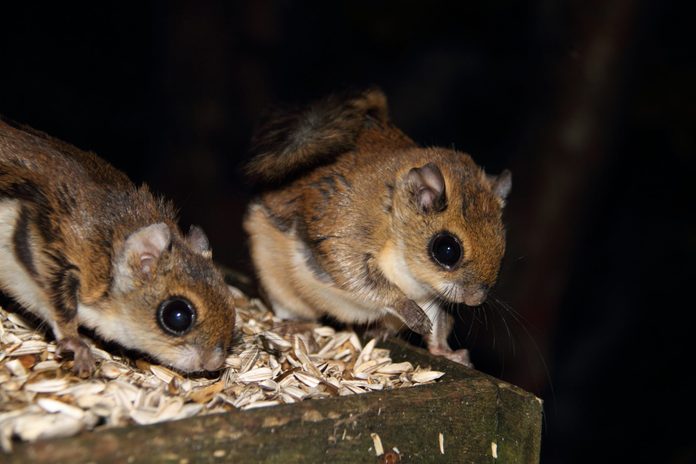
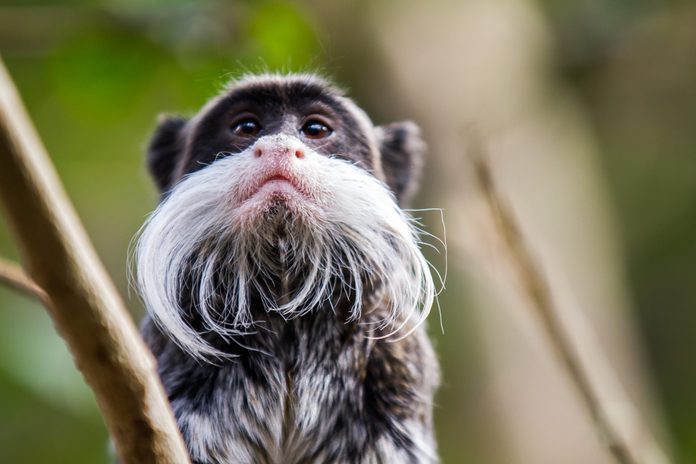


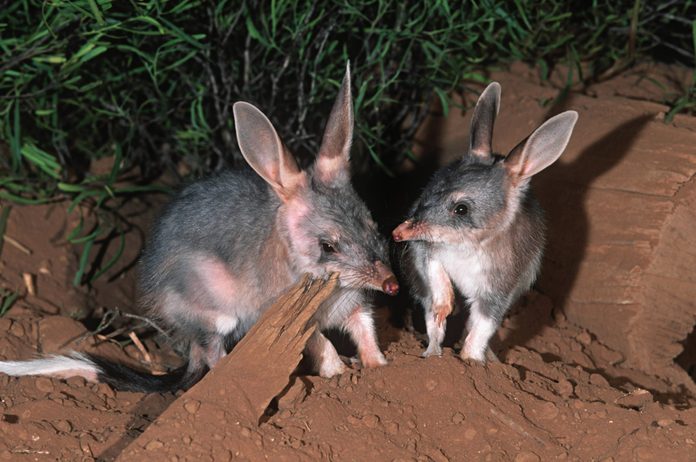

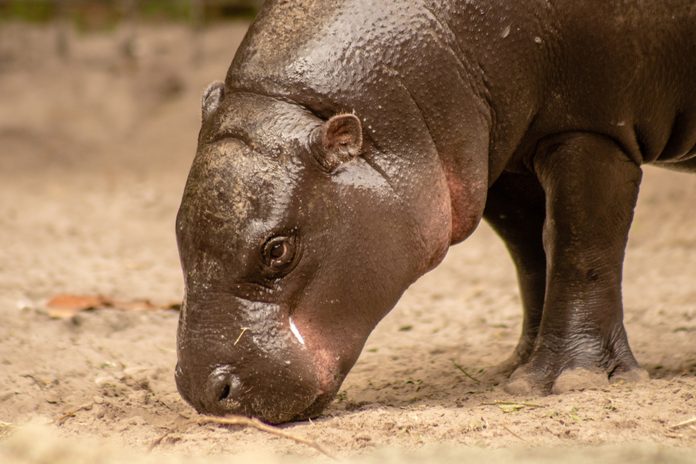
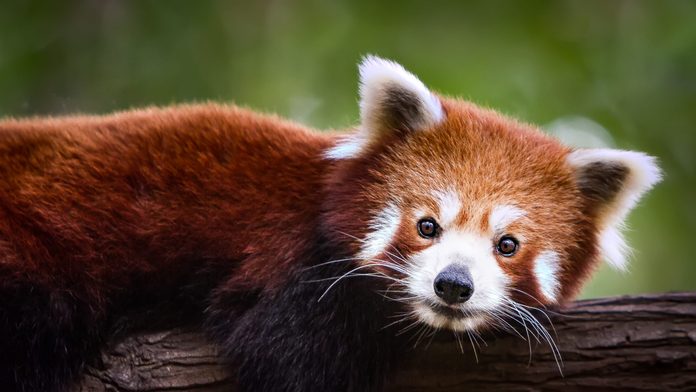

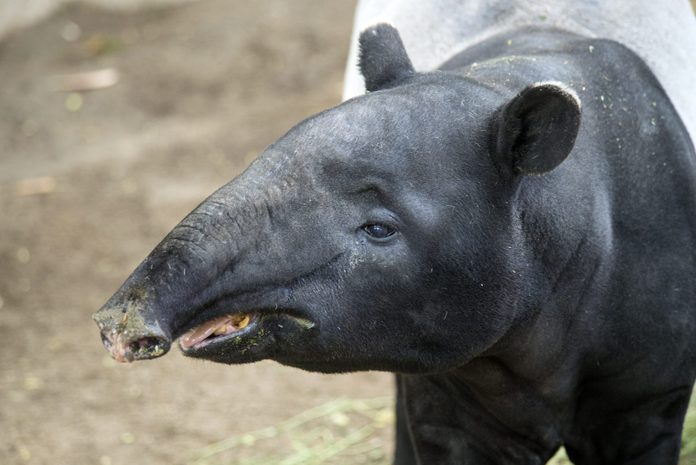


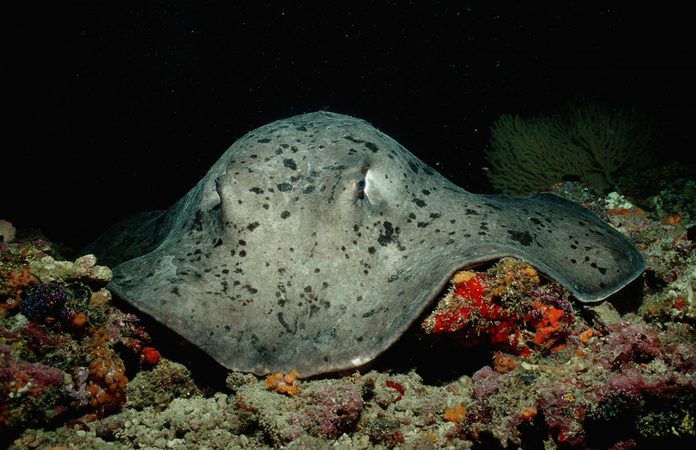
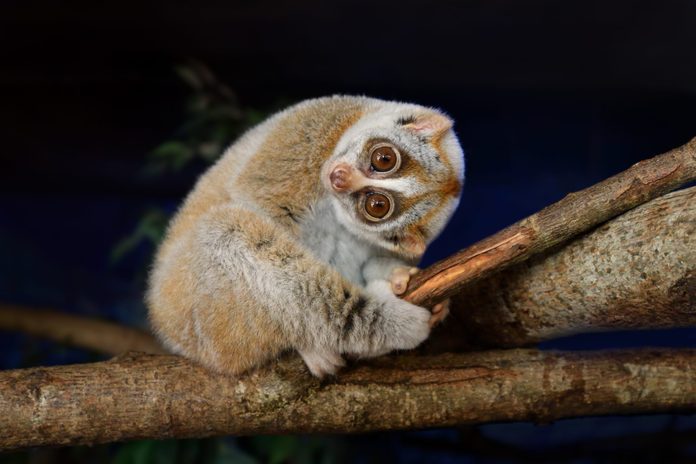
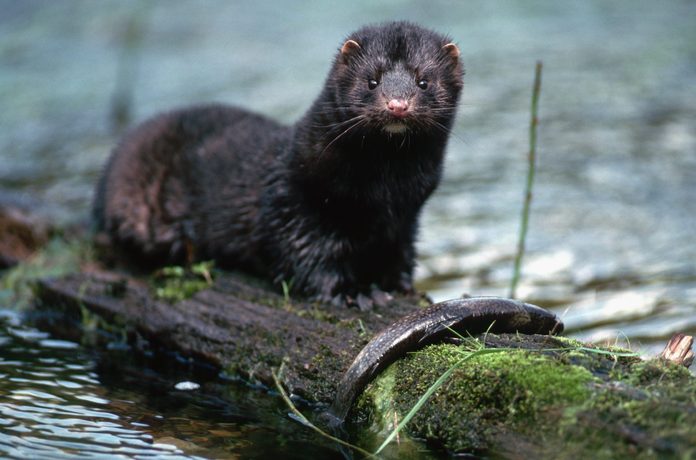
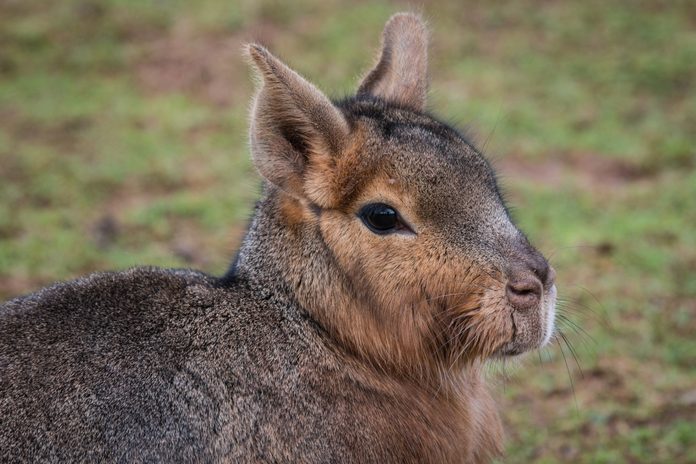

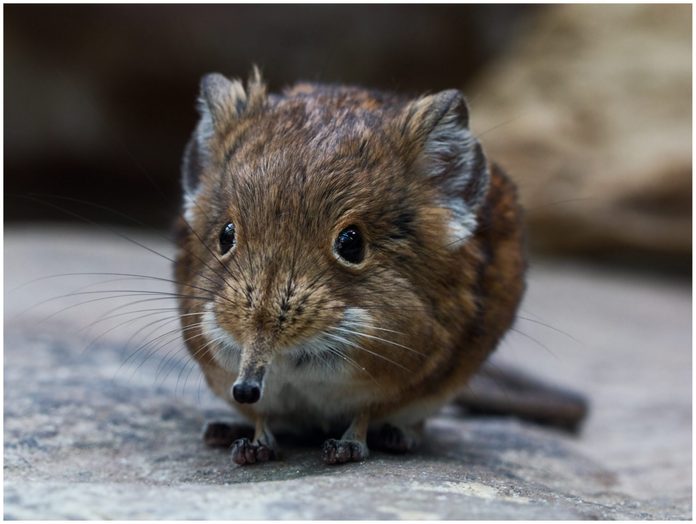
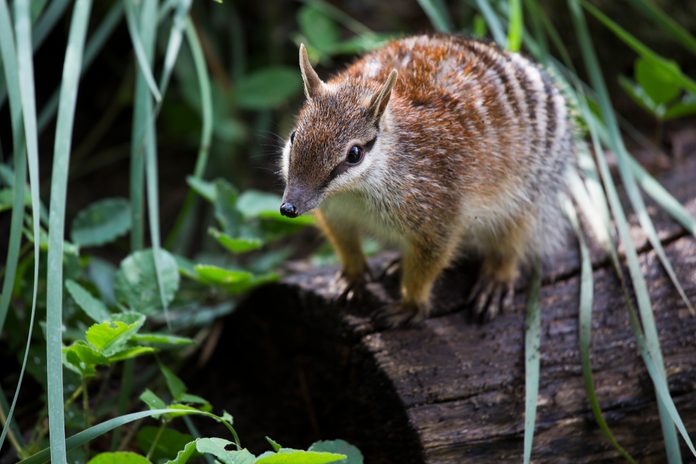
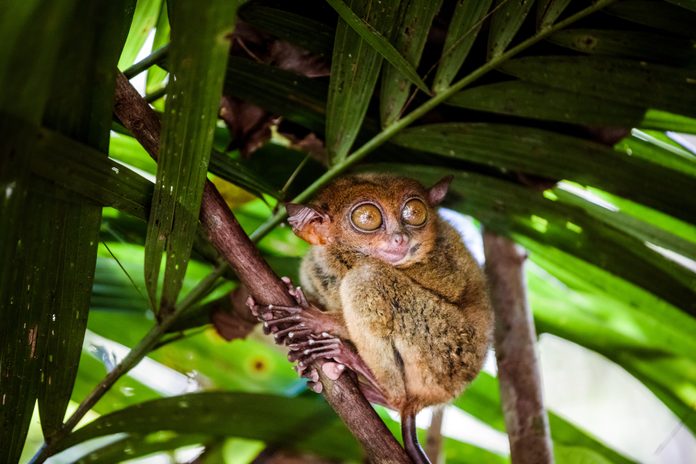
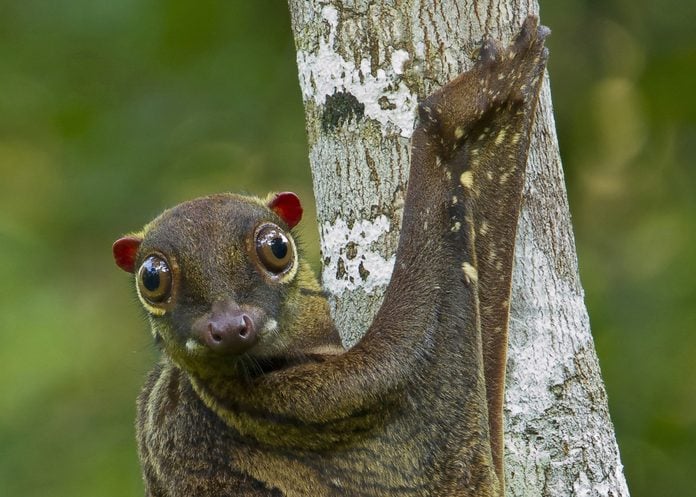
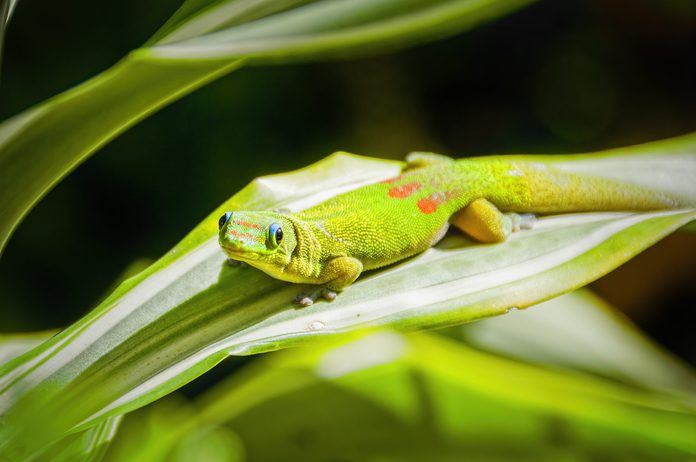

0 Response to "What Is The Most Cutest Animal In The World"
Post a Comment